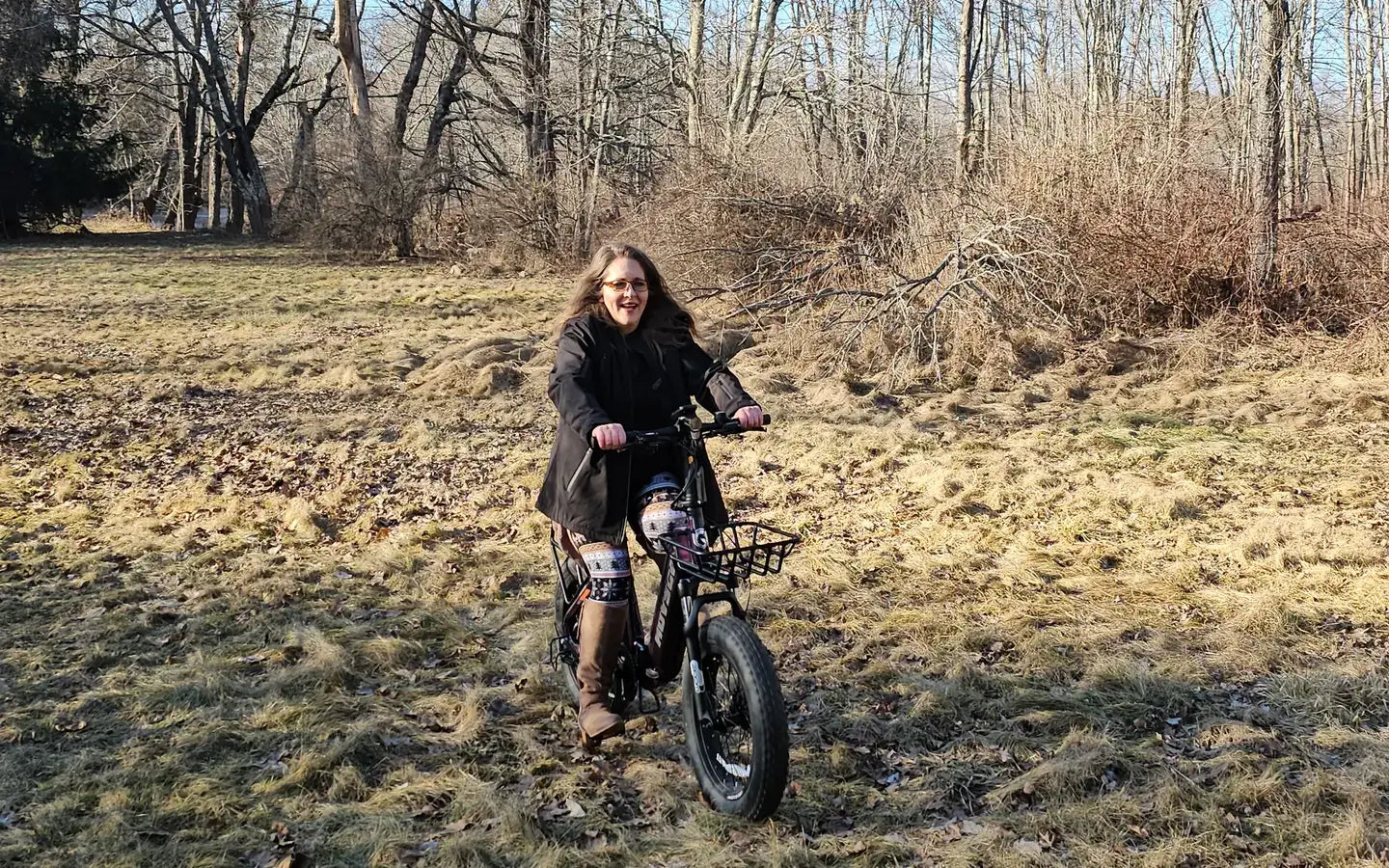
- by LiuJiazhu
What Are The Best Foldable Electric Bikes For Urban Commuting?
- by LiuJiazhu
The best foldable electric bikes for urban commuting prioritize lightweight frames (under 40 lbs), 30-50 mile ranges, and compact folding mechanisms like mid-folding hinges or telescopic stems. Key features include hydraulic disc brakes for reliable stopping, 20" puncture-resistant tires, and 350W-500W motors that balance speed with local regulations. Models with UL-certified batteries and integrated lighting systems offer enhanced safety for city riders.
Optimal folding systems combine single-step operation with sub-3-second collapse time, maintaining structural rigidity when unfolded. The HINGE+ system used in premium models reduces stress points through dual-axis rotation, while budget alternatives often sacrifice durability for simpler mechanisms.
Urban riders need mechanisms that withstand daily folding without component fatigue. High-end bikes use aerospace-grade aluminum alloys in hinge joints, tested for 20,000+ fold cycles. Practical tip: Avoid designs requiring tool-assisted folding—these become impractical during rush-hour commutes. Consider the folded dimensions: Anything exceeding 36"×16"×28" won’t fit under standard office desks. Like a well-designed suitcase, the best foldable e-bikes disappear when stored but feel rock-solid when in use. Why Choose HOVSCO Foldable Electric Bikes?
350W motors strike the best balance for city terrain, providing sufficient torque for 15% grades while complying with most urban speed limits. Overpowered 750W models risk legal non-compliance and reduce battery efficiency on stop-and-go routes.
Torque output (measured in Newton-meters) proves more critical than wattage for urban use. A 40Nm motor accelerates smoothly from traffic lights without wheel spin, while higher torque models (60Nm+) benefit hill-heavy cities. Pro tip: Look for torque sensors rather than cadence sensors—they deliver power proportionally to your pedaling effort, mimicking natural biking motion. Remember, higher wattage doesn’t equate to better range; a 350W motor with smart power management often outperforms 500W systems in real-world commutes.
| Motor Type | Ideal Use | Avg. Range |
|---|---|---|
| 250W | Flat Cities | 35mi |
| 350W | Mixed Terrain | 28mi |
| 500W | Hilly Areas | 22mi |
Lithium-ion batteries with smart thermal management extend lifespan in urban temperature fluctuations. The 36V/10.4Ah standard provides 30-mile ranges, while advanced 48V systems require heavier frames that compromise portability.
Battery placement impacts both balance and folding efficiency. Frame-integrated batteries maintain center gravity but complicate repairs, whereas rear-rack models add tail weight affecting handling. Charging time matters for office commuters—look for 80% charge in 2.5 hours via USB-C ports. Warning: Avoid batteries without UL 2271 certification, as improper cell spacing in compact designs increases fire risks. Did you know? Storing at 40-80% charge during non-use periods triples battery longevity compared to full discharges.
20"×2.1" tires with Kevlar puncture layers and 30PSI ratings absorb sidewalk cracks while maintaining rolling efficiency. Wider 3" tires suit cobblestone streets but increase folded dimensions by 15%.
Urban riders face unique tire challenges: glass shards, potholes, and wet tram tracks. Multi-compound treads with silica additives provide wet-surface grip without sacrificing rolling resistance. Consider airless foam tires if frequent punctures plague your route—they add 2.3lbs but eliminate flat risks. Pro tip: Rotate tires every 500 miles to prevent uneven wear from constant curb jumps and emergency stops.
| Tire Type | Puncture Resistance | Comfort |
|---|---|---|
| Kevlar Belted | High | Medium |
| Airless Foam | Maximum | Low |
| Standard | Low | High |
Automatic LED headlights with ambient light sensors and 180mm rotor hydraulic brakes form the safety baseline. Advanced models add turn signals integrated into handlebars and brake-light activation during deceleration.
Urban environments demand hypervisibility. Look for 100-lumen front lights with daylight modes—standard 50-lumen units disappear in sunny traffic. Hydraulic brakes outperform mechanical versions in wet conditions, achieving 20mph→0 stops in 16 feet versus 24 feet. Critical warning: Never disable speed limiters on Class 1 e-bikes—25mph cap ensures predictable stopping distances amidst pedestrians. Ever wonder why European models include rearview mirrors? Collision data shows 42% of urban e-bike accidents involve vehicles approaching from behind.
Yes, models with IP54 ratings or higher withstand heavy rain—ensure battery compartments have silicone seals and motors feature hydrophobic coatings.
What's the average lifespan?Quality frames last 5-7 years; batteries retain 80% capacity for 800 cycles (≈3 years of daily use).
Are they theft-resistant?Use folding capability to store indoors—integrated GPS trackers in premium models recover 73% of stolen bikes within 24 hours.
Share:
Where Can I Find Lightweight Folding E-Bike Stores Nearby Today?
How Do Maintenance Tips Enhance Foldable Electric Bike Longevity?